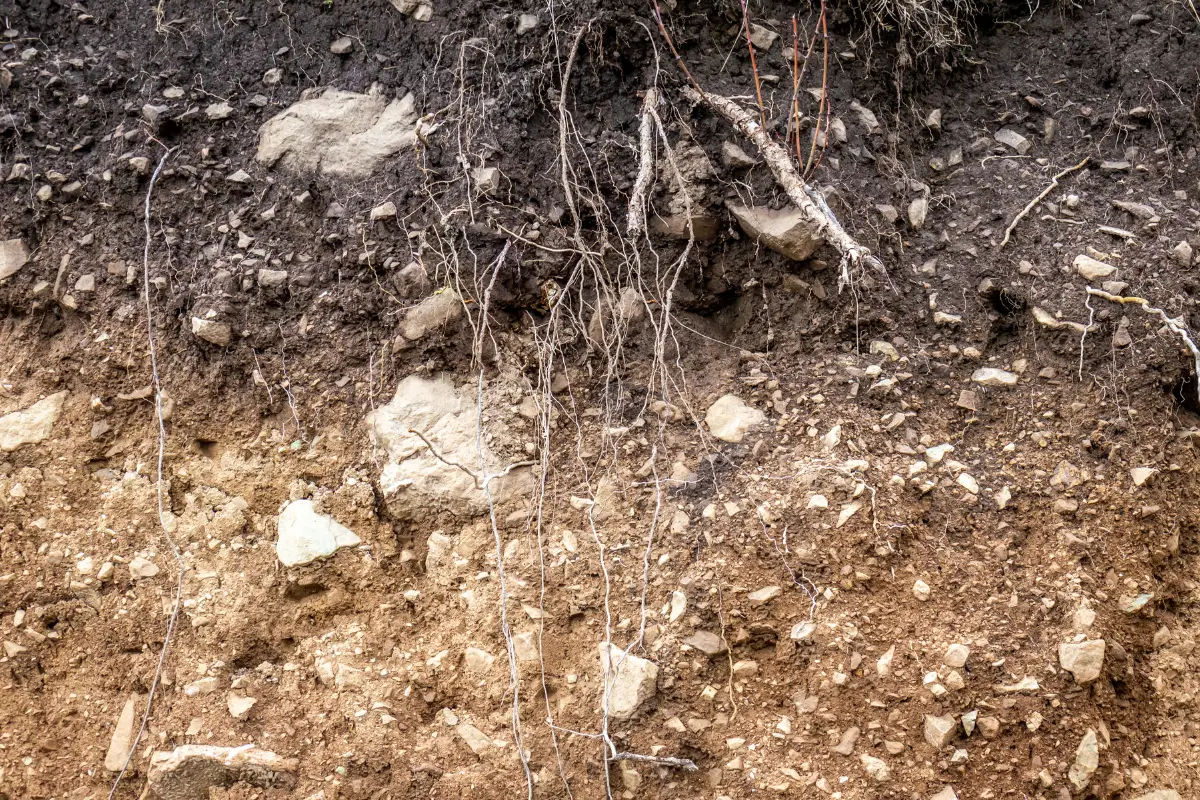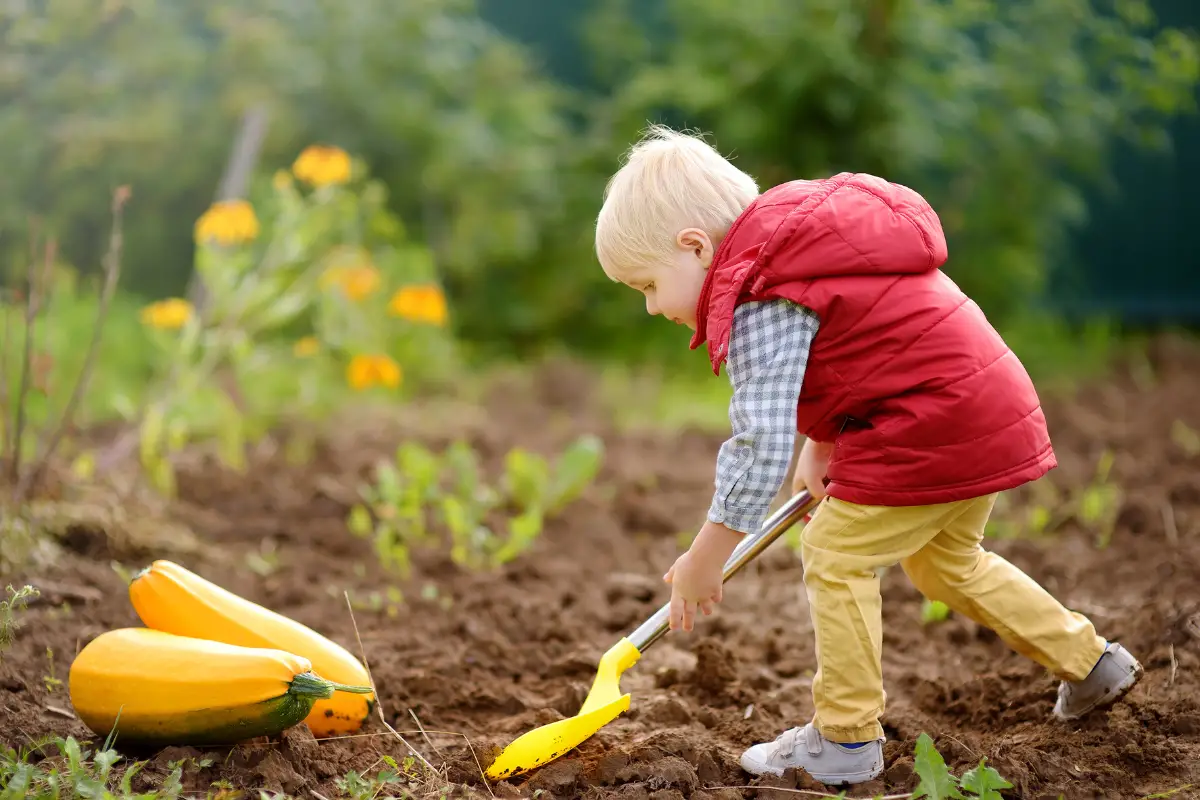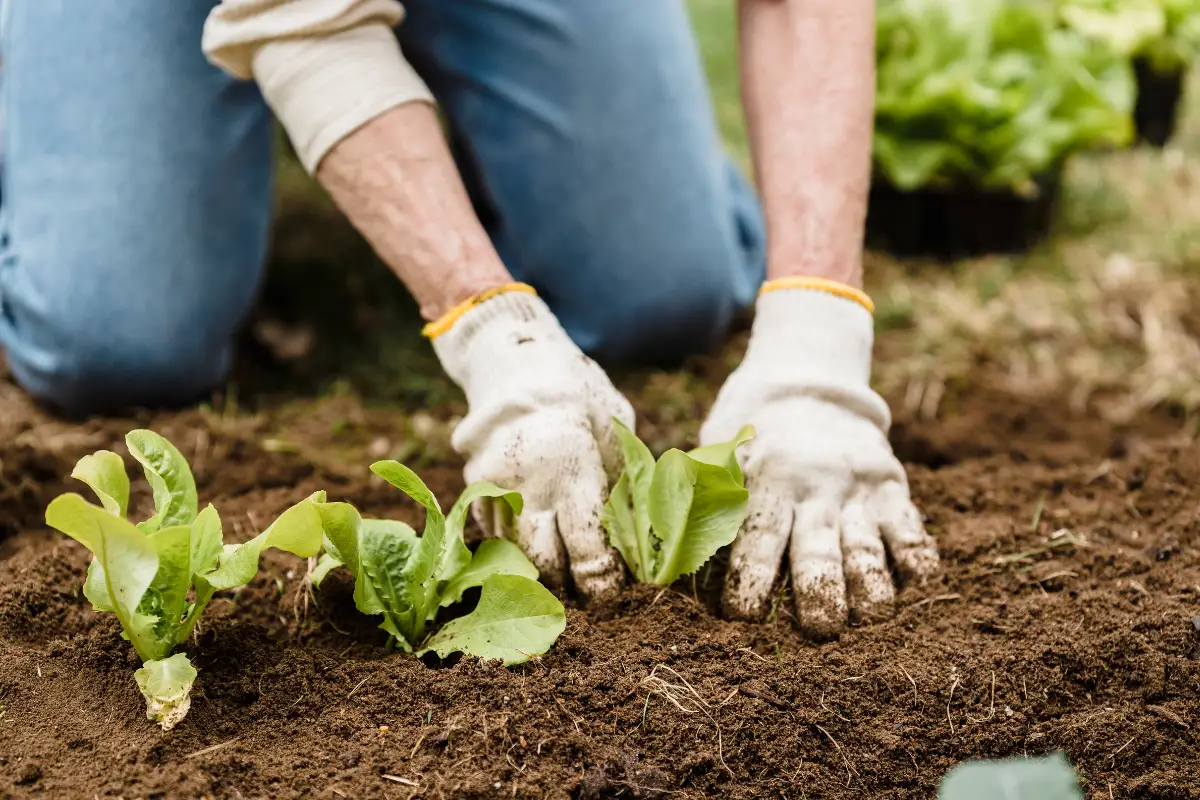Sunflowers are a popular choice for gardeners and farmers alike, thanks to their striking appearance and easy-to-grow nature.
However, once sunflowers have grown to their full height and bloomed, caring for them can be a bit of a challenge.
Proper care is essential to ensure that the flowers continue to thrive and produce seeds.
One of the most important things to keep in mind when caring for sunflowers is ensuring that they receive enough water.
While sunflowers are relatively drought-tolerant, they still require regular watering to stay healthy.
It is best to water sunflowers deeply once a week, rather than giving them a light watering every day.
This encourages the plants to develop deep roots, which helps them to better withstand drought conditions.
In addition to watering, it is important to keep an eye out for pests and disease. Sunflowers can be susceptible to a variety of pests, including aphids, caterpillars, and spider mites.
If you notice any signs of infestation, it is important to take action quickly to prevent the problem from getting worse.
There are a variety of organic and chemical treatments available that can help to control pests and disease, but it is always best to consult with a professional before using any type of chemical treatment.

Table of Contents
Understanding Sunflower Growth Cycle
Sunflower plants have a relatively short growth cycle, typically taking around three to four months to mature from seed to full-grown plant.
During this time, sunflowers go through several distinct stages of growth, including germination, seedling development, vegetative growth, and flowering.
Germination
The germination phase of the sunflower’s life cycle begins when the seed is planted. This phase takes up to eight days.
During germination, roots will develop from the seed and a shoot will push through the surface of the soil. The projection is looking for sunlight because all plants need sunlight to grow.
Seedling Development
After the shoot has emerged from the soil, the seedling development stage begins. During this stage, the plant will develop its first true leaves.
These leaves will be different from the cotyledons, which are the first leaves to emerge from the seed.
The plant will also start to grow taller and develop a stronger stem.
Vegetative Growth
Once the plant has developed its true leaves, it enters the vegetative growth stage. During this stage, the plant will continue to grow taller and develop more leaves.
The plant will also start to develop branches and buds. It is important to provide the plant with plenty of water and nutrients during this stage to ensure healthy growth.
Flowering
The final stage of the sunflower’s growth cycle is flowering. This is when the plant produces its iconic yellow blooms.
The flowers will typically begin blooming in mid-summer and can persist into early fall.
It is important to keep an eye on the flowers during this stage and provide them with adequate water and nutrients to ensure they reach their full potential.
Understanding the growth cycle of sunflowers is important for proper care and maintenance of the plant.
By providing the appropriate environment and care during each stage of growth, you can ensure a healthy and beautiful sunflower plant.
Watering and Feeding Sunflowers
Proper Watering Techniques
Sunflowers require regular watering to thrive. Although they are tolerant of dry conditions, watering sunflowers regularly promotes blooming, as flowering often reduces during periods of drought.
It is recommended to allow the top 1 to 2 inches of soil to dry out between waterings. If the sunflowers are drooping and the soil is dry, that’s often a sign they need more water.
When watering sunflowers, it is important to water at the base of the plant and not over the top of the leaves.
Overhead watering can lead to the development of fungal diseases. Watering should be done in the morning or evening when the sun is not too hot to avoid evaporation.
Nutrient Requirements
Sunflowers do not need fertilizer, and overdoing the nitrogen can create a leggy plant with delayed flowering.
However, if the soil is poor, it is recommended to fertilize the sunflowers. A well-balanced fertilizer can be used, and it is important to follow the manufacturer’s instructions for the correct amount and frequency of application.
It is also important to note that sunflowers are heavy feeders, so they require a lot of nutrients to grow.
Adding compost or well-rotted manure to the soil before planting can help provide the necessary nutrients for the sunflowers to grow and thrive.
In summary, proper watering techniques and nutrient requirements are essential for the growth and health of sunflowers.
Regular watering and adding compost or well-rotted manure to the soil can help provide the necessary nutrients for the sunflowers to grow and thrive, without overdoing it on the fertilizer.
Sunlight and Temperature Needs
Sunlight Exposure
Sunflowers are known for their love of sunlight. They require a minimum of six hours of direct sunlight each day to thrive.
A sunny location is essential for the growth and development of sunflowers. They should be planted in an area that receives full sun, which means they should not be shaded by trees, buildings, or other structures.
If you are planting sunflowers in a location that receives partial sun, you should make sure that they are exposed to sunlight during the morning and early afternoon.
Sunflowers that do not receive enough sunlight may become stunted, have fewer blooms, and may not reach their full potential.
Ideal Temperature
Sunflowers grow best in warm temperatures. The ideal temperature range for sunflowers is between 70°F and 78°F.
They can tolerate temperatures as high as 90°F during the day, but they do not like temperatures below 50°F at night.
If the temperature drops below 50°F, sunflowers may experience stunted growth and may not produce as many flowers.
It is important to note that sunflowers are sensitive to frost. If there is a risk of frost, you should cover the plants with a cloth or blanket to protect them.
Sunflowers may also need to be watered more frequently during hot weather to prevent them from drying out.
In conclusion, sunflowers require a sunny location with at least six hours of direct sunlight each day.
They also need warm temperatures between 70°F and 78°F and should be protected from frost.
By providing the right amount of sunlight and temperature, sunflowers will grow strong and healthy.

Pruning and Supporting Sunflowers
When and How to Prune
Pruning sunflowers is not always necessary, but it can help to promote more blooms and keep the plant healthy.
The best time to prune sunflowers is after they have bloomed and the petals have fallen off. This is usually in late summer or early fall.
To prune sunflowers, use sterilized pruning equipment to remove the dead flower head and stem.
Cut the stem at an angle about 1 inch above the next leaf or bud.
This will prevent water from accumulating on the cut and promote new growth.
If you want to encourage more blooms, you can also prune the lateral branches that grow from the main stem.
Cut them back to just above a leaf node, which is where a leaf grows out of the stem. This will stimulate the growth of new branches and flowers.
Supporting Mature Sunflowers
As sunflowers grow taller, they may need support to prevent them from bending or breaking. Mature sunflowers can be supported in a few different ways.
One option is to use stakes or bamboo poles to support the stem. Drive the stake into the ground next to the stem and tie the stem to the stake with garden twine. Be sure to tie the stem loosely so it has room to grow.
Another option is to use a tomato cage or similar support structure. Place the cage over the sunflower and gently guide the stem through the openings.
This will help to keep the stem upright and prevent it from breaking.
It is also important to keep the soil around the sunflower well-watered and fertilized.
Sunflowers are heavy feeders and require regular watering to stay healthy and produce blooms.
By pruning and supporting sunflowers, you can help to promote healthy growth and abundant blooms.
With a little care and attention, your sunflowers can thrive and brighten up your garden all season long.
Preventing and Handling Pests and Diseases
Common Sunflower Pests
Sunflowers are relatively hardy plants, but they can still fall victim to pests.
Here are some common sunflower pests and how to prevent or handle them:
| Pest | Description | Prevention/Handling |
|---|---|---|
| Cutworms | These caterpillars cut off young sunflower plants at the base. | Use collars made of cardboard or paper around the base of the plant. |
| Sunflower beetles | These beetles eat the leaves and flowers of sunflowers. | Handpick the beetles and drop them into a bucket of soapy water. |
| Aphids | These small insects suck the sap from sunflower leaves and flowers. | Spray the plants with a strong jet of water or use insecticidal soap. |
| Borers | These insects bore into the stems of sunflowers and feed on the plant. | Remove and destroy infected plants. |
Dealing with Diseases
Sunflowers are usually quite hardy and resistant to disease, but they can still be affected by some problems.
Here are some common sunflower diseases and how to prevent or handle them:
| Disease | Description | Prevention/Handling |
|---|---|---|
| Rust | This fungal disease causes orange or brown spots on the leaves and stems. | Remove and destroy infected plants. |
| Downy mildew | This fungal disease causes yellow or brown spots on the leaves. | Remove and destroy infected plants. |
| Verticillium wilt | This fungal disease causes wilting and yellowing of the leaves. | Remove and destroy infected plants. |
To prevent the spread of disease, it’s important to practice good garden hygiene.
This includes removing dead or diseased plant material, avoiding overcrowding, and rotating crops.
Additionally, keeping the soil consistently moist can help prevent stress on the plants, making them less susceptible to disease.
Preparing for Winter
As the summer ends and the temperature starts to drop, it’s time to prepare your sunflowers for the winter.
Here are some tips on how to care for your sunflowers during the colder months:
Trim the Plants
Before the first frost, trim the sunflowers by cutting the stalks down to about 18 inches tall.
Remove any dead or yellowed leaves to prevent the spread of disease.
This will also make it easier to cover the plants with mulch.
Add Mulch
Mound up a layer of mulch around the base of each plant to help insulate the roots and protect them from the cold.
You can use straw, leaves, or wood chips as mulch. Make sure to add the mulch after the first frost to avoid attracting rodents.
Water Sparingly
Sunflowers need less water during the winter months, so water them sparingly.
Overwatering can lead to root rot, which can kill the plants.
Make sure the soil is dry before watering.
Cover the Plants
If you live in a particularly cold climate, you may want to cover the sunflowers with a frost blanket or burlap.
This will help protect the plants from frost damage. Make sure to remove the cover during the day to allow the plants to get sunlight.
By following these simple steps, you can help your sunflowers survive the winter and thrive again in the spring.
Harvesting and Storing Sunflower Seeds
When to Harvest
Sunflower seeds are ready to harvest when the back of the flower head has turned yellow or brown, and the petals have wilted.
Once the seeds are mature, cut the stem about four inches below the head.
To prevent birds and other animals from eating the seeds, cover the sunflower heads with brown paper bags, fine netting, mesh, perforated plastic bags, or cheesecloth.
Secure the bag with a twist tie or rubber band so the seeds don’t fall out.
How to Store
After harvesting the sunflower seeds, sort through them and remove any empty seed and chaff. Spread the seeds out on a clean dry pan or plate to allow them to dry.
Dry sunflower seeds for twenty-four hours before storing away. Chances are the seeds may feel pretty dry if they have just been removed from a dried sunflower head.
To store sunflower seeds, place them in an airtight container in a cool, dry spot. Desiccant packs are great tools for keeping your seeds dry and extending their storage life years.
If you want to save the seeds for planting, store them in a paper envelope or a glass jar, and label the container with the seed type and the date of harvest.
It’s important to keep in mind that sunflower seeds can go rancid quickly if not stored properly. To avoid this, store the seeds in a cool, dry place, away from sunlight and moisture.
If you notice any signs of mold or mildew, discard the seeds immediately.
Conclusion
In conclusion, caring for sunflowers after they have reached full growth is just as important as the care given during their growth.
Proper post-growth maintenance can help prolong the life of the sunflower and ensure that it remains healthy and vibrant.
By following the tips outlined in this guide, sunflower enthusiasts can keep their beloved flowers looking beautiful for weeks to come.
Whether it’s deadheading, providing adequate water and nutrients, or protecting the plant from pests and diseases, a little bit of extra care can go a long way in maintaining the health and beauty of sunflowers.
- How to Build a Planter Box for Bamboo: A Step-by-Step Guide

- Can Robotic Lawnmowers Handle Steep Slopes?

- Do You Need a Specific Lawn for a Robotic Lawnmower? Expert Advice

- Are Robotic Lawnmowers Safe for Pets and Children? Safety Features of Robotic Lawnmowers

- Why Use Robotic Lawnmowers? Advantages of Using a Robotic Lawnmower

- Is the GARDENA SILENO City 300 Cordless or Corded? A Clear Answer














